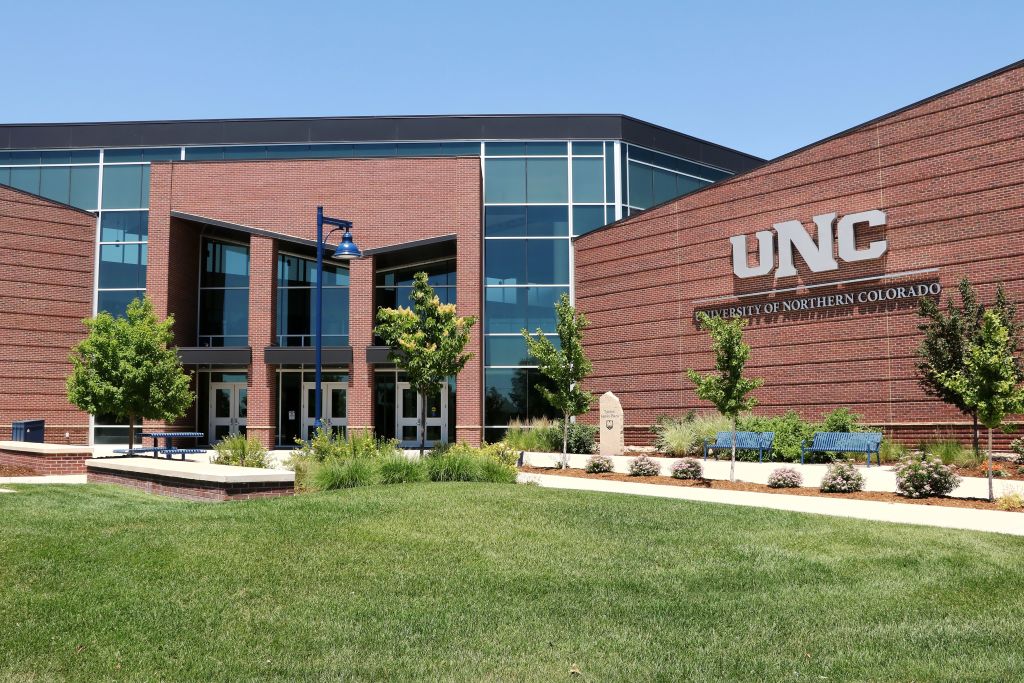It’s an old idea that never grabbed traction, but in lieu of mounting student debt, falling enrollments, and increased dropout rates, the three-year college degree is gaining a lot of attention. Secular institutions have finally realized that packing a course of study with electives doesn’t keep students interested in individual fields of choice, and some are going toward a streamlined 90 credits to graduate instead of the traditional 120.
The national initiative is called College-in-3 Exchange, and several prestigious schools have dipped a toe in the water of change. Brigham Young University-Idaho and the private American Public University System were the first to venture into the unknown. Let’s face it: 90 credit hours versus college dropout should keep everyone happy. Students have fewer costs, and institutions still make money.
 Robert Zemsky, Professor Emeritus at the University of Pennsylvania, and Lori Carrell, Chancellor of the University of Minnesota at Rochester, spearheaded the project, recruiting 13 colleges in 2021 to design new undergraduate degrees that could be completed in three years.
Robert Zemsky, Professor Emeritus at the University of Pennsylvania, and Lori Carrell, Chancellor of the University of Minnesota at Rochester, spearheaded the project, recruiting 13 colleges in 2021 to design new undergraduate degrees that could be completed in three years.
Those that signed on were the American Public University System, Indiana University of Pennsylvania, Merrimack College, New England College, Northwood University, Portland State University, Slippery Rock University, the University of Minnesota at Rochester, the University of North Texas, the University of Texas Rio Grande Valley, the University of Wisconsin at Oshkosh, and Utica College.
Post-Pandemic New Normal
Students and parents who had gone through the e-learning quarantine during the pandemic came out the other side questioning whether college was necessary to get a good job. According to the Strada Center for Education Consumer Insights, more than a third of Americans now believe that getting a college degree will give them a job. And the lure from coding and trade schools – in, out, employed, debt free – is a much more attractive combination.
 “The notion that you don’t have to go to college, that you might be able to get the skills you need from a corporate entity, those are existential challenges to traditional bricks-and-mortar education,” said Kristin Tichenor, vice president for enrollment at the Wentworth Institute of Technology: an institution that has created three-year programs in applied mathematics and computer science. Wentworth saw immediate value and designed four and five-year bachelor’s and master’s programs in cybersecurity analytics data science.
“The notion that you don’t have to go to college, that you might be able to get the skills you need from a corporate entity, those are existential challenges to traditional bricks-and-mortar education,” said Kristin Tichenor, vice president for enrollment at the Wentworth Institute of Technology: an institution that has created three-year programs in applied mathematics and computer science. Wentworth saw immediate value and designed four and five-year bachelor’s and master’s programs in cybersecurity analytics data science.
Then, there is this to consider: The US used to be a beacon for the education of international students, with a steady flow from 2005 until 2019. But anti-immigrant sentiments driven by the hard left media and tensions with China have detoured students to European universities and colleges, where most already have three-year baccalaureate. And American students are following their lead. Last year, nearly 51,000 American students sought higher education abroad, according to the Institute of International Education.
Drawbacks in Education
Here is where it gets tricky. For the ambitious student, a three-year degree is probably a great use of those 90 credit hours. But for some, it’s a grind. College life offers opportunities to expand one’s thinking and explore extracurricular activities. Three years will not allow much time for student-athletes, the Greek system, campus politics, and a toga party now and again. Learning how to socialize in public situations or give a rousing speech is also a part of a well-rounded education.
“The three-year degree movement runs the risk of not helping the populations we want to help,” said Randy Bass, vice president for strategic education initiatives at Georgetown University. “First-generation students need a lot more time. Just thinking in terms of speed or pace is not serving that population.”
“Some faculty argue that students really need that extended period of time — that we’re shortchanging the students,” said Mike Goldstein, managing director of the education consulting firm Tyton Partners. “This is a not-uncommon faculty refrain.”
Education Stagnation
Credit is due to those in the higher education field to accommodate all students with choices: Time, cost, and experience. Of course, not all will embrace any modicum of change. After all, there needs to be buy-in from regulators, accreditors, and graduate school admissions offices that less than the magical 120 credit hours will produce a well-educated graduate.
The current issues facing universities and colleges make this “a moment to talk about things,” said Zemsky. “There is this sense that standing pat is no longer the answer. Something has to give. So it’s making optimists out of people who weren’t before.”




